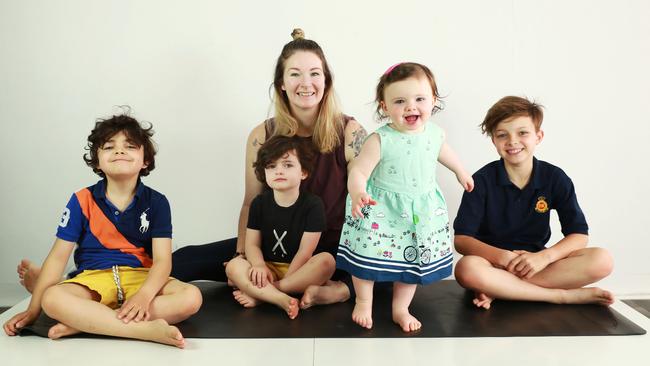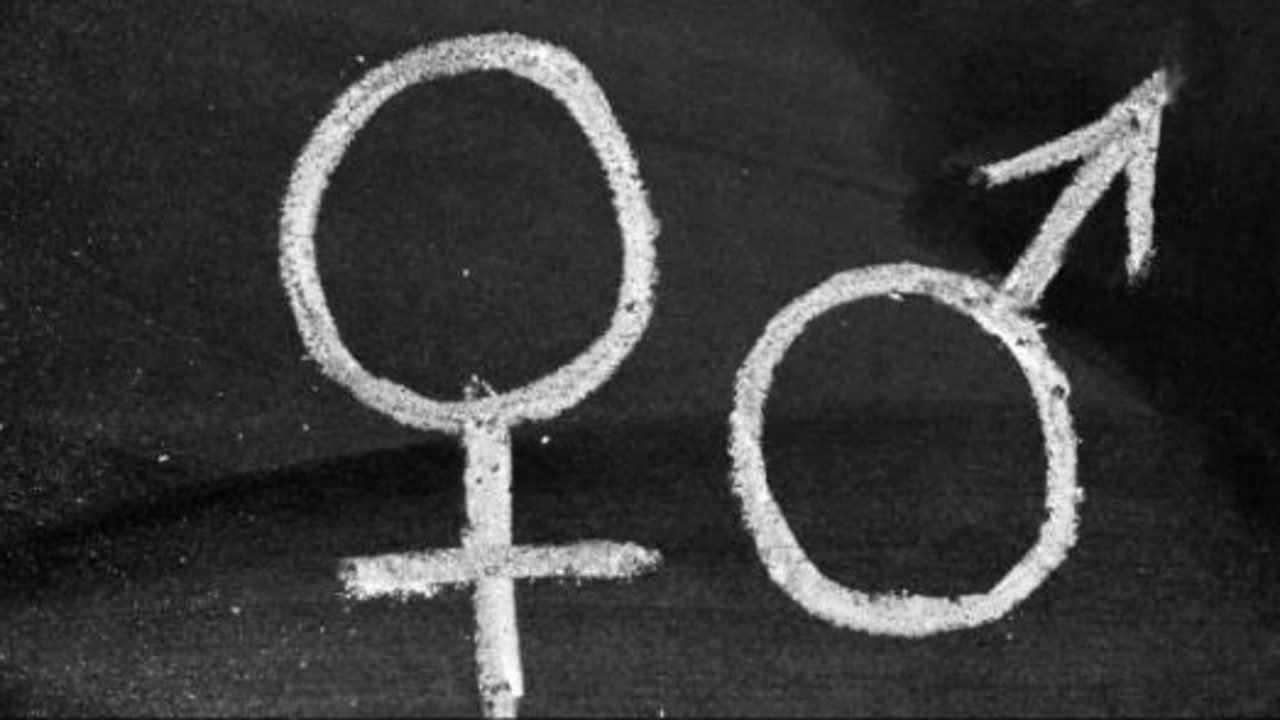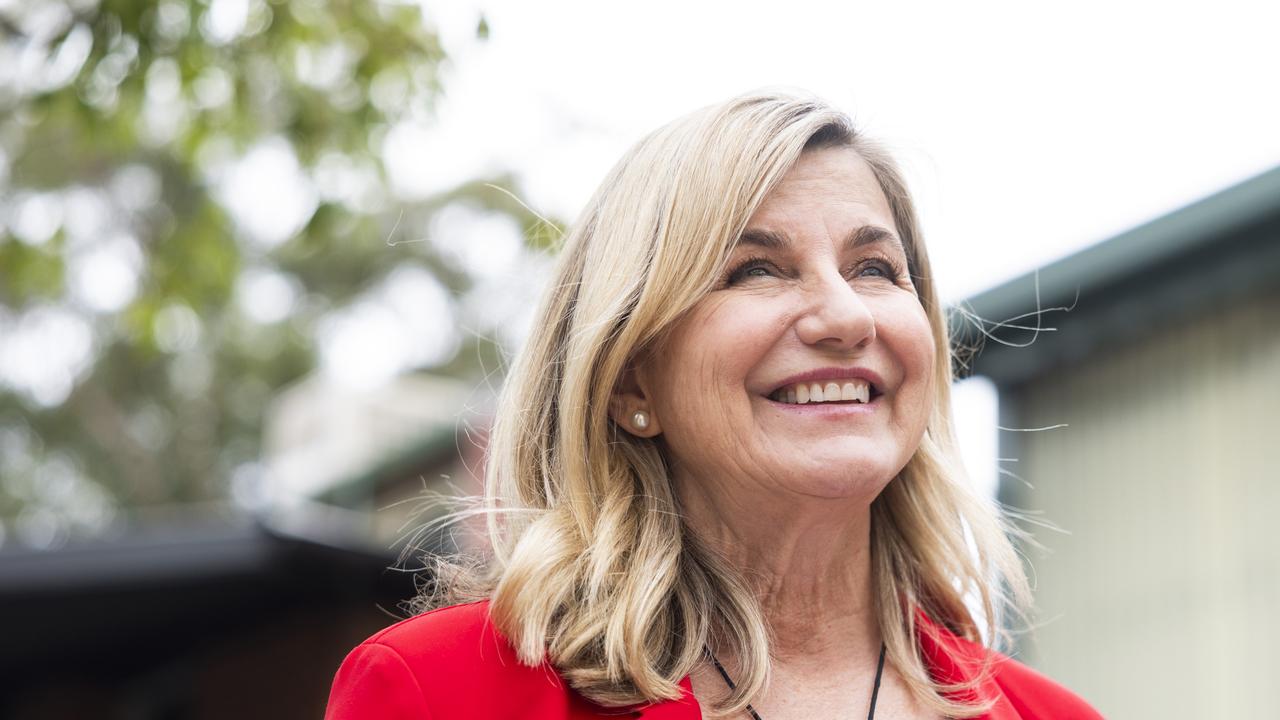Budget 2020: Parental path not so inviting as baby drought bites
The number of babies born for each woman is declining even before the impact of the pandemic.

The forecast for Australia’s fertility rate is very different this year from what was predicted in last year’s budget, with the number of babies born for each woman declining even before the impact of the pandemic.
The revised estimate of the number of babies born during the next five years comes at the worst possible time for the federal government, as the net migration rate falls into negative territory.
Last year’s budget forecast the fertility rate would rise to 1.9 babies per woman, but this budget puts the actual figure at 1.69 in 2019-20. The fertility rate is forecast to decline to 1.58 babies per woman in 2021-22, before rising back to 1.69 in 2023-24 as babies who were delayed due to the uncertainty of COVID-19 are born.
Although the number of families with only one or two children has been growing, 37-year-old Casey Castro is one mother who is bucking the trend. Ms Castro, a Sydney yoga instructor, always wanted to have a large family. “My husband comes from a big family, and coming from just a two-child family myself, I saw in his family how nice it was that he always had someone else to talk to,” she said.
In response to the predictions of a declining fertility rate, she said she would encourage women thinking of holding off having their first child, or planning only one, to reconsider.
“Socially, they become better children and they understand sharing and communicating with other children,” she said.
Australian National University demographer Peter McDonald has predicted that the average fertility rate for the next five-year period will be 1.69 babies per woman. “The reduction from what was forecast last year is very significant,” he said. “And COVID will push it lower again.
“Delay of child bearing is the principal reason for the decline. If the first birth is delayed, there’s a fair chance that the second birth will never happen.”
Professor McDonald said the fall in migration due to the pandemic would cause further declines in the nation’s fertility rate.
“Migration has a big impact on births,” he says. “The impact comes not from migrants having more births on average than others, it’s because the migrants add to the population that have births. Migrants come into Australia at a young age, they haven’t had their children yet and they have their children soon after they become migrants to Australia. And that effect is very big.”
While the lower fertility rate is not expected to affect the budget in dollar terms in the short term, over the longer term it reduces the size of the labour force and cuts tax collections.




To join the conversation, please log in. Don't have an account? Register
Join the conversation, you are commenting as Logout